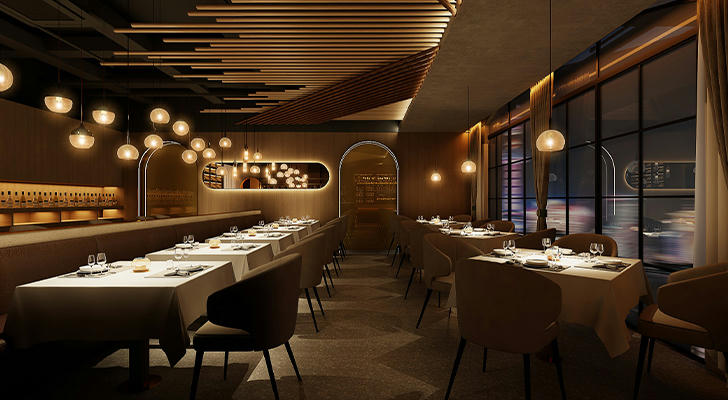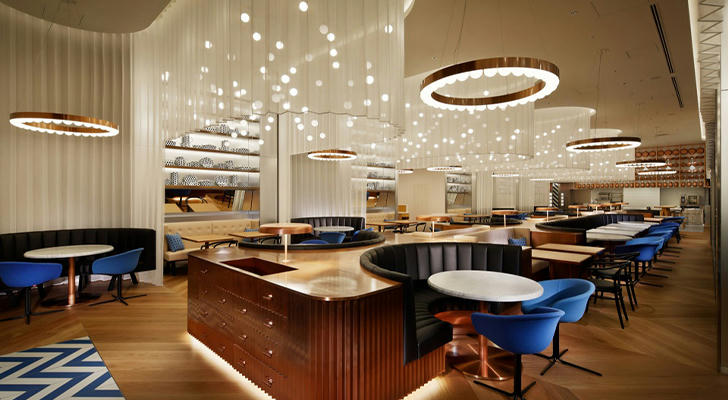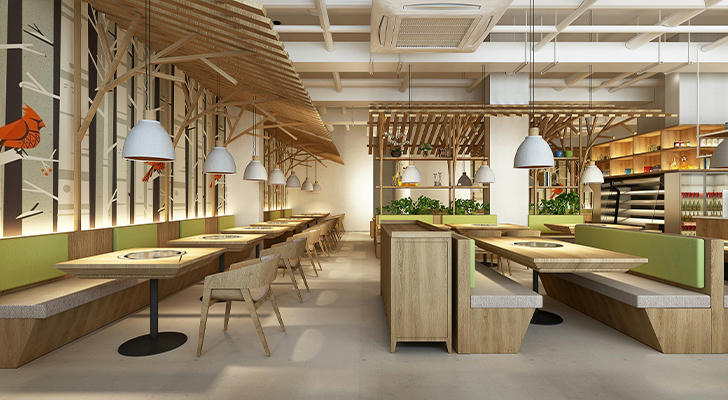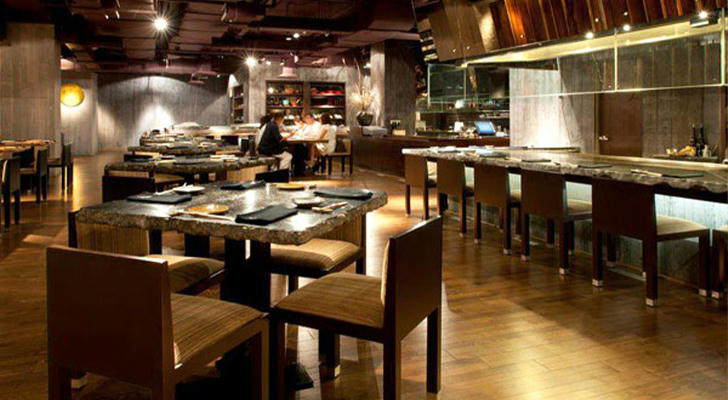What knowledge can you gain from studying interior design courses?

In today's ever-evolving design industry, acquiring a diverse set of skills and knowledge is essential to stand out. Interior design courses offer students a comprehensive knowledge base, covering a wide range of topics that enable them not only to understand the fundamental principles of spatial design but also to apply these skills in real-world scenarios. Mastering everything from creative conceptualization to implementation is crucial for those aspiring to succeed in this field. Below are some of the core areas of knowledge you can gain from studying interior design.

I.Core Knowledge Areas in Interior Design
1.Space Planning: Organizing Interior Spaces Efficiently
Space planning is about arranging interior spaces to function effectively and efficiently. Interior design courses teach students how to determine the required space for projects, create floor plans, and decide on the placement of items within rooms. They also learn about how people should move through spaces, where to place furniture, and how to ensure the design meets the users' needs.
Example - Restaurant Design:
Seating Layout: Arrange tables and chairs to ensure enough privacy for diners while maximizing the use of space to accommodate more guests.
Functional Zones: Divide the restaurant into different functional areas, such as dining, bar, and lounge areas, to cater to various customer needs.
Space Flow: Design smooth circulation paths so customers can easily enter, dine, and leave without congestion or confusion.
2.Color Theory: Understanding How Colors Affect Perception
Color theory involves studying how colors influence our emotions and perceptions. Students learn about different color combinations and how to use them to create various atmospheres within a room. They also study the attributes of colors and how to choose the right ones to enhance a room’s aesthetic appeal.
Example - Restaurant Design:
Primary Color Scheme: Select a color scheme that matches the restaurant's style and cuisine. For instance, an Italian restaurant might use warm colors like orange or yellow to create a cozy and cheerful atmosphere.
Color Pairing: Use color pairing principles to choose complementary or contrasting colors to add visual depth and attraction to the space.
Impact on Experience: Thoughtful use of color can enrich the visual experience, enhance brand identity, and draw in customers.

3.Lighting Design: Creating the Right Mood with Light
Lighting design involves choosing the appropriate types of lighting and placing them strategically to create different effects. Students learn how to enhance the aesthetic appeal of a room using both natural and artificial light sources.
Example - Restaurant Design:
Ambient Lighting: Install recessed lights or chandeliers for even, general lighting. Soft, adjustable lighting ensures the entire dining space is well-lit.
Task Lighting: Hang decorative pendant lights or place table lamps above each table to provide enough light for reading menus and enjoying meals.
Accent Lighting: Use wall sconces or LED strips to create a warm background glow, adding comfort and depth without direct glare.
4.Materials and Finishes: Choosing Practical and Aesthetic Elements
Selecting materials and finishes involves choosing flooring, paint, fabrics, and other items that are both practical and visually appealing. Students learn about different materials, their uses, and how to select the appropriate ones for their projects.
Example - Restaurant Design:
Durability: Choose materials that can withstand frequent use and are resistant to stains. For example, tiles or durable paint can be used for kitchen walls.
Ease of Maintenance: Select materials with smooth surfaces that are easy to clean, reducing daily upkeep.
Comfort: Opt for warm, comfortable materials like wood or soft fabrics to enhance the dining experience, especially in areas where customers spend long periods.
5.Furniture and Fixtures Selection: Balancing Functionality and Aesthetics
Furniture and fixture selection involves choosing items that are not only attractive but also functional for the space. Students learn about different furniture styles and how to select pieces that match the room’s design while ensuring they are suitable for the users, creating a balanced and appealing space.
Example - Restaurant Design:
Customer Comfort: Choose ergonomic chairs that provide comfortable seating to enhance the dining experience.
Space Utilization: Use flexible furniture arr
Durability and Maintenance: Select sturdy, easy-to-clean materials like waterproof fabrics, solid wood, or scratch-resistant plastics to minimize maintenance costs.
Aesthetic Appeal: Ensure the furniture style aligns with the restaurant’s overall design theme and color scheme to maintain visual harmony.

II.Conclusion
With consumers increasingly seeking personalized and customized interior design solutions that reflect their tastes and lifestyles, interior designers who offer bespoke services are in a favorable position in the market. Systematic study of interior design, keeping up with trends, and embracing new technologies can equip designers to achieve success in this field.
